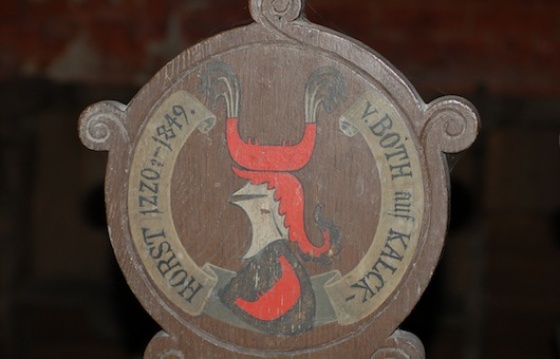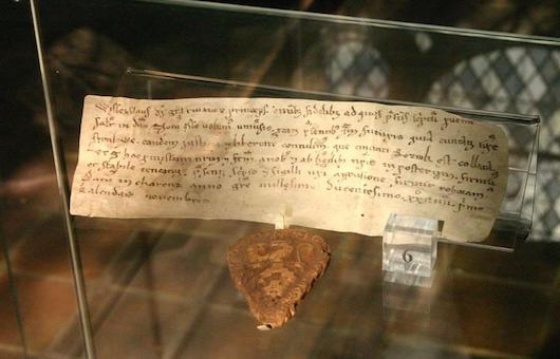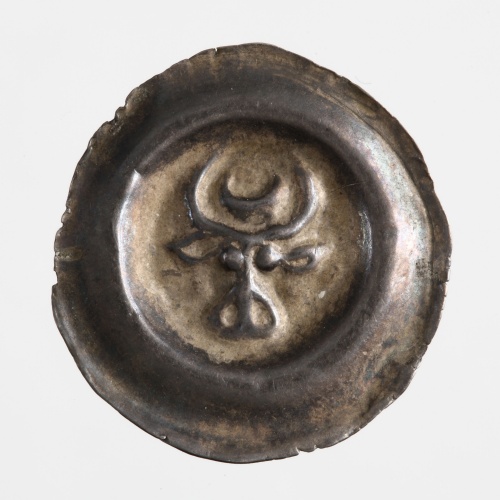Mecklenburg initially only covered one third of the later area. Comprehensive territorial rule was hindered by the distribution of estates. The first divided the Obotrite legacy into the counties of Mecklenburg, Rostock, Werle-Güstrow and Parchim-Richenberg in 1229/1235. Local landlords became supporters of the new regime. Wealthy landowners became territorial rulers who founded towns where merchants and craftsmen settled. Priests and monks founded convents. They brought Christianity into the state and arranged for the construction of basilica and hall churches. Parishes involved all residents in the organisation of the church municipality. Craftsmen in the towns and villages were organised into guilds. Some of them exported their products.
1200 up to 1250


Barnim I of Pomerania-Stettin expands his territory. He founded over 30 cities and numerous monasteries. His wooden residence is located in Stettin. The dukes hold dominion over the land, providing enfeoffment of noble knight’s seats to local landowners. Estates are partitioned to prevent an unwelcome concentration of regional power.
After the clearing of forests by immigrant farmers from Brandenburg, the Archbishopric of Magdeburg and Upper Saxony straggling and roadside hamlets alongside others grouped around village greens were created under the German Hide Directive, often next to Slavic settlements.
Merchants settle in the Oder estuary to trade along the waterways and across the sea. Craftsmen became established in towns. They worked in highly specialised professions and often had export ambitions.
Priests and monks founded monasteries and run schools. The available granite stones and fired bricks were used to create basilicas in the Roman style. Christian values dominated social structures. The hide as a form of rural farm consisted of a house, yard, garden, field and a share of the communal land – the common land. Besides the three-field system of crop rotation, livestock farming is carried out in barns.
Danish rule over Rügen comes to an end in 1227 after the Battle of Bornhöved (Holstein). All of the region's inhabitants are drawn into the ecclesiastic organisation with the expansion of the parishes in the early 13th century.
